| Encyclopedia of Tours and Travel to Rajasthan, featuring information on Fairs & Festivals, Wildlife, Excursion, Adventure and Weather of Rajasthan. |
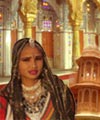 |
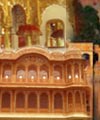 |
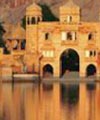 |
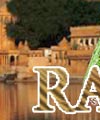 |
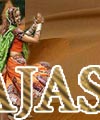 |
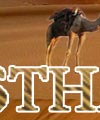 |
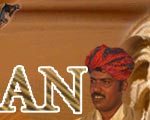 |
||
|
Bikaner
Binaker’s history dates back to 1488 A.D. when a Rathore Prince, Rao Bikaji- a desendent of the founder of Jodhpur(1459 A.D.), Rao Jodhaji, established his kingdom here. Rao Jodhaji had five sons but Rao Bikaji was the most enterprising of them. Bikaji chose a barren wilderness called ‘Jangladesh’ and trandormerd it to an impressive city, called Bikaner after the founder’ name. Culture Junagarh Fort Despite that fact Junagarh doesn't command hilltop position, as do some of the Rajathan's other grand forts, it is no less imposing and a credit to its planners and architects has never been conquered. Lalgarh Palace Situated 3km north of the city center this palace wa built bu Maharaja Ganaga Singh in the memory of his father, Maharaja Lal Singh The Shri Sadul museum covers entire first floor of the palace. The museum was established in 1076 and there's a reasonable collection of artifacts and personal pocessions of the Bikaner Maharajas and a brass vessel known as a tokna used to collect revenue which was transported by camel to te Bikaner state treasury. In front of the palace is a carriage from the maharaja's royal train. Ganga Golden Jublee Museum Other intresting exibits include decrees issued by the Mughals to the Maharajas of Bikaner.There are also some fine oil paintings.The sculptures include a beautiful and voluptuos image of Devi, and a marble Jain Sculkpture of Saraswati which dates from the 11th century. Bhandasar Temple The interior of the temple is stunning, with, unusually for a Jain temple, a series of vibrant paintings. The pillers bear floral abesques and stories that depict the lives of of the 24 Jain tirthankars. It is said that 40,000kgs of ghee was used instead of water in the mortar, which locals insist seeps through the floor on hot days. On first floor of the three-story temple are beautiful miniatures of the sentries of the gods. There are fine views out over the city from the third floor, with the desert streching behind it to the west. Shiv Bari Temple
Fortified by a high wall, the temple is dedicated to Lord Shiva. Maharaja Doongar Singh constructed it in the ninth century in the memory of his father Maharaj Lall Singhji. The temple has a beautiful wall panting of Nandi Bull facing the Shiva Lingam. This is located on the way to the camel town. Although it is not highlighted much , but it is definitely a place one would like to spend some time. Deshnok Karni Mata Temple Karni Mata lived in the 14th century and performed many miracles during her life-time. When her youngest son, Lakhan, drowned, Karni Mata ordered Yama, the god of Death, to bring him back to life. Yama replied that he was unable to do this, but that Karni Mata, is an incarnation of Durga, could restore Lakhan's life. This she did, and decreed that members of her family would no longer die, but would be incarnated as kabas (rats), and these kabas would returns as members of her family. There are around 600 families in Deshnok who claim both decent from Karni Mata and that they will be reincarnated as kabas. The temple is an important place of pilgrimage, with pilgrims being disgorged every few minutes from buses. Before the temple, is a beautiful marble facade with solid silver doors donated by Maharaja Gaj Singh. Across the doorway to the inner sanctum are the repousse (raised relief) silver doors - one panel shows the goddess with her holy charges at her feet. An image of goddess is enshrined in the sanctum. There are special holes around the temple courtyard to fascinate the rats' movements, and a wire grille has been placed over the courtyard to prevent the birds of prey and other predators consuming the holy rodents. It is considered quite auspicious to have a kaba run across your feet. White kabas are quite rare, albeit there are one or two at the temple and sightseeing one augurs well for your spiritual progress. Kolayat Ji This Temple is fifty two kilometers towards Jaisalmer and is dedicated to "Kapil Muni" who is fifth recreation of "Lord Vishnu", there are 52 Ghats around this temple. It is the Most important Pilgrimage Point for Hindus in Northern Rajasthan after Pushkar. Every year a big fair is organized in the month of November known as "Kolayat Fair" which Coincides with Pushkar fair when pilgrims take a holy dip in the Kolayat lake on the full moon day in the month of Kartik. Shopping Getting There By Bus By Train Best time to come: Oct to March
|
||||||||||
|
||||||||||
|
||||||||||
|---|---|---|---|---|---|---|---|---|---|---|